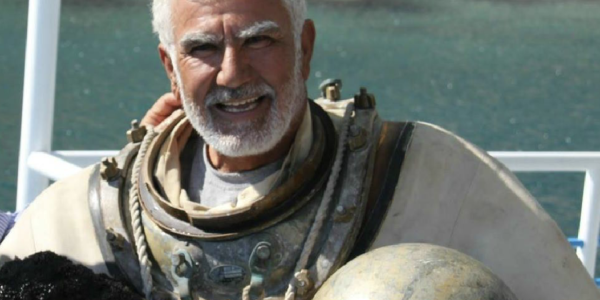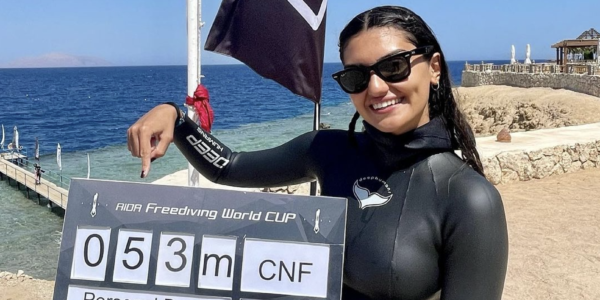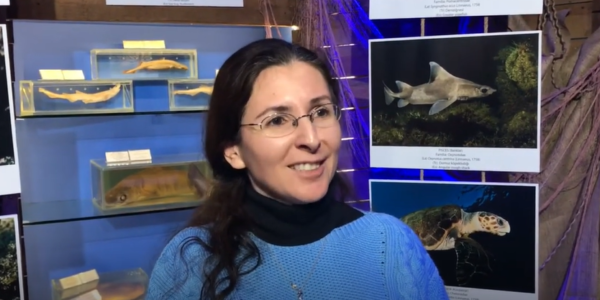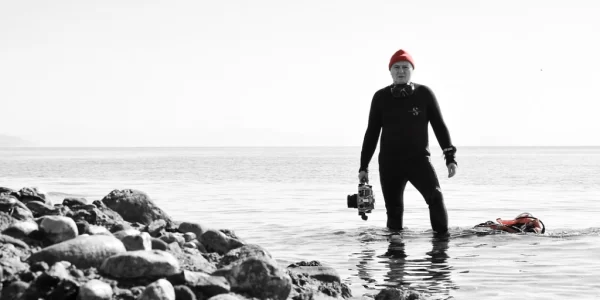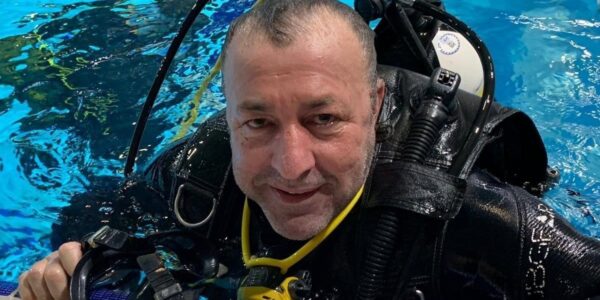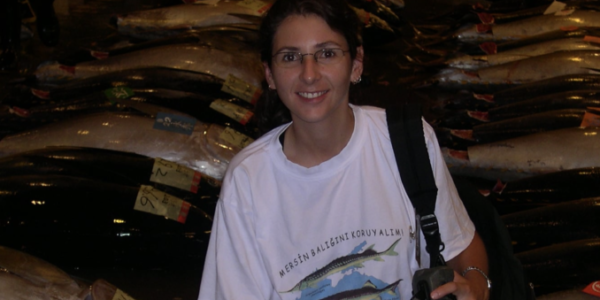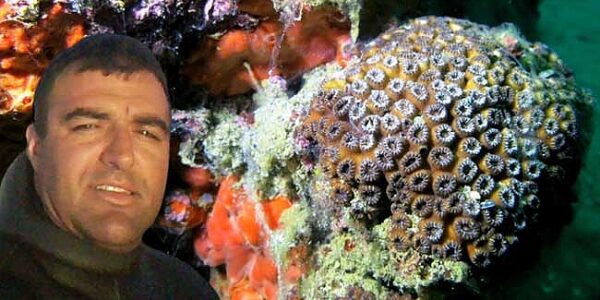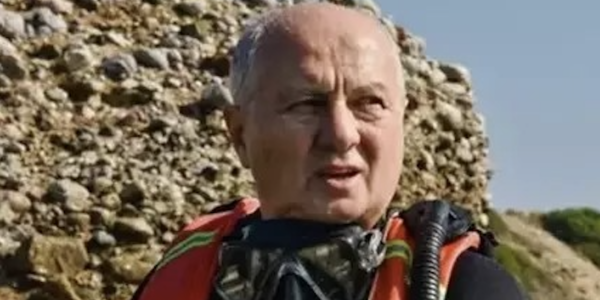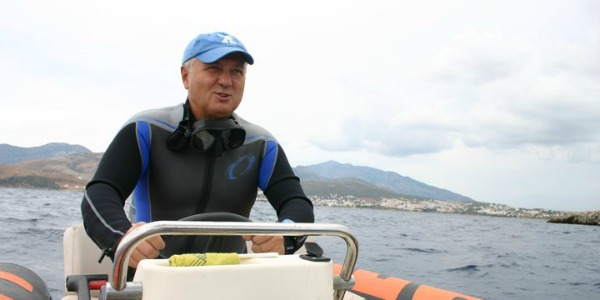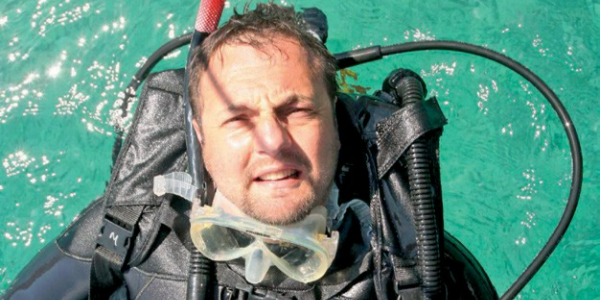To cap off Philippine Environment Month in June as well as a campaign to #CelebrateTheSea, the National Museum Bohol presented a megalodon fossil tooth that was discovered recently in the municipality of Maribojoc. This is the second time a megalodon tooth has been found in the fourth class municipality, which counts fishing and agriculture as its main sources of livelihood.
Found by Maribojoc local Christian Gio Bangalao, the fossil tooth measures 7.6 cm by 6.5 cm, taking up most of its discoverer’s palm. The young man found it in the inland barangay of Jandig, and donated it to the museum on May 28.
According to a Facebook post by the National Museum Bohol, the recent discovery is part of its Shark Encounters in Bohol series. “So far in the Philippines, only the teeth are found. Like other sharks, most of their skeleton, except for their teeth, is made of not bone but cartilage (like our nose and ears), which doesn’t preserve well in the fossil record,” says the Facebook post. “Consequently, their bodies never become fossils, and almost all things we know about the animal (size, diet, etc.) are based from their teeth.”
Belonging to an extinct family of megatoothed sharks called the Otodontidae, the Megalodon lived about three million years ago during the early Miocene to Pliocene period. Since information about the Megalodon is based on fragmentary remains, its size and appearance are not certain. Previous estimates have pegged its length from 10.5 meters to 18 meters, or from 34 feet to 59 feet—a tad shorter than the one in the 2018 blockbuster directed by Jon Turteltaub. In that movie, which grossed USD 530 million worldwide, Jonathan Statham was dealing with a creature that measured 90 feet.
While megs are now extinct, local fishermen can still find modern shark pups at the mouth of Abatan river in Barangay Lincod, Maribojoc. “This could mean that the area could be a nursery for some sharks. Use of estuaries as nurseries is a known aspect of shark behavior,” the post continues. “As apex predators, sharks are important in maintaining the balance of our oceans’ ecosystems. In this light, shark nurseries are essential habitats that must be conserved.”
Megalodon fossils have been found all over the world, mostly in subtropical to temperate latitudes: Europe, Africa, the Americas and Australia. The megalodon was also said to be transient. In the Philippines, Megalodon specimens have been found in Cagayan and Pangasinan apart from Maribojoc. These Megalodon specimens are currently displayed at the National Museum of Natural History in Manila, along with the first meg tooth found in Bohol, which was discovered by Venjo Busalla in Maribojoc’s town plaza in 2018.
“There are still a lot we do not know about the sharks of Maribojoc, past and present, but they remain as an important part of the town’s unique natural heritage,” according to the Museum’s post.
Source: https://news.abs-cbn.com/
